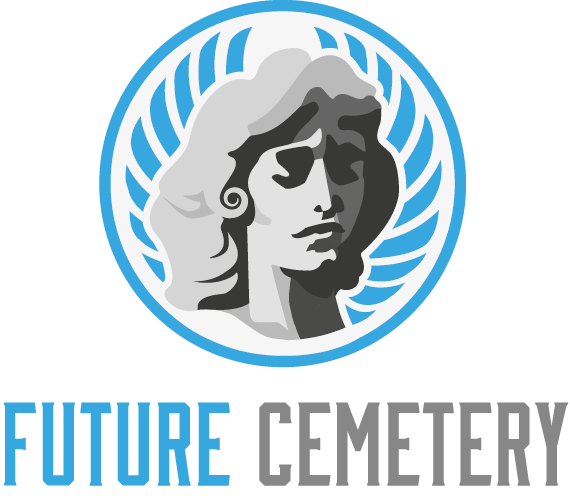Bidding a loved one farewell is a difficult task and cemetery design should be sensitive to this fact. A well-thought out design concept can help to evoke positive emotions and provide a soothing environment.
Designing a cemetery is complex and requires a lot of planning. A cemetery master plan is a crucial first step to successful development.
Modernism
The modern cemetery landscape emphasizes functionality and simplicity in design, reflecting changing societal values and beliefs about death and remembrance. This movement towards minimalism has also led to a rise in sustainability and eco-consciousness, with natural burial practices that minimize environmental impact and return the body to the earth naturally[1].
Personalization is another growing trend in the funeral industry, allowing families to create unique memorial spaces and monuments that reflect their loved ones’ personalities. In the same way, architectural innovations are reshaping mausoleums and columbariums with contemporary architecture styles and natural materials that offer a soothing environment for reflection and remembrance.
Incorporating elements like ponds and fountains can create an atmosphere that promotes tranquility and reflection, while using organic forms, materials and textures gives the space a natural flow. In addition, the use of biomimetic design draws inspiration from nature’s shapes, structures and systems to enhance performance and sustainability.[2]
Artistic Expression
Creating cemetery monuments is like painting a portrait, with each line and curve representing the soul of the deceased. Artisans converse with families to understand their loved ones, then use this information to create an aesthetic that captures their spirit. This process requires an artistic fusion of tradition and innovation.
The design of graveyards should reflect current cultural shifts and societal attitudes towards remembrance and legacy. By integrating these elements, modern cemeteries become spaces of comfort and support.
Land Layout: Well-planned landscaping allows for cleaner mowing lines, lower maintenance costs and enhanced beauty. Carefully considered plantings also help reduce noise, ambient light, wildlife, erosion, flooding and soil problems.
Sustainability
The use of natural landscapes and green spaces in cemetery design is growing. This trend is due to a change in cultural attitudes towards death and the environment. This change is also seen in a move away from traditional embalming chemicals and metal caskets to natural burial practices.
Space planning is a critical component of architectural design. It focuses on mapping out spaces based on their intended use, movement patterns, and relationships to one another. A well-thought-out circulation plan ensures efficiency and safety for visitors while enhancing the aesthetic of the cemetery.
Inclusivity is another key concept in cemetery design. This involves ensuring that the cemetery is accessible to people of all physical abilities. This is accomplished by creating wide pathways and incorporating accessibility features. In addition, the use of unique locations and natural features enhances the overall appeal of a cemetery. This helps to create a sense of place that is distinctive and attractive to families.
Accessibility
Incorporating accessibility into cemetery design is crucial for creating a peaceful and inviting environment that encourages visitation. The design of accessible pathways is important for wheelchairs and individuals with mobility impairments, as well as incorporating features like clear signage that can be seen from distances and up close.
The incorporation of cultural and historical elements into architecture is another way to express a cemetery’s identity and create an environment that resonates with visitors. This may be achieved by embracing traditional architectural styles, materials, or construction techniques to connect with the local community.
It is recommended that all cemeteries take a look at their master plan on a regular basis—perhaps every five years—to ensure it continues to meet the needs of the community. WC Fry Design has experience working with religious and secular communities to help them develop cemetery master plans, extensions and new sections. To begin the process, a detailed needs assessment should be completed.
